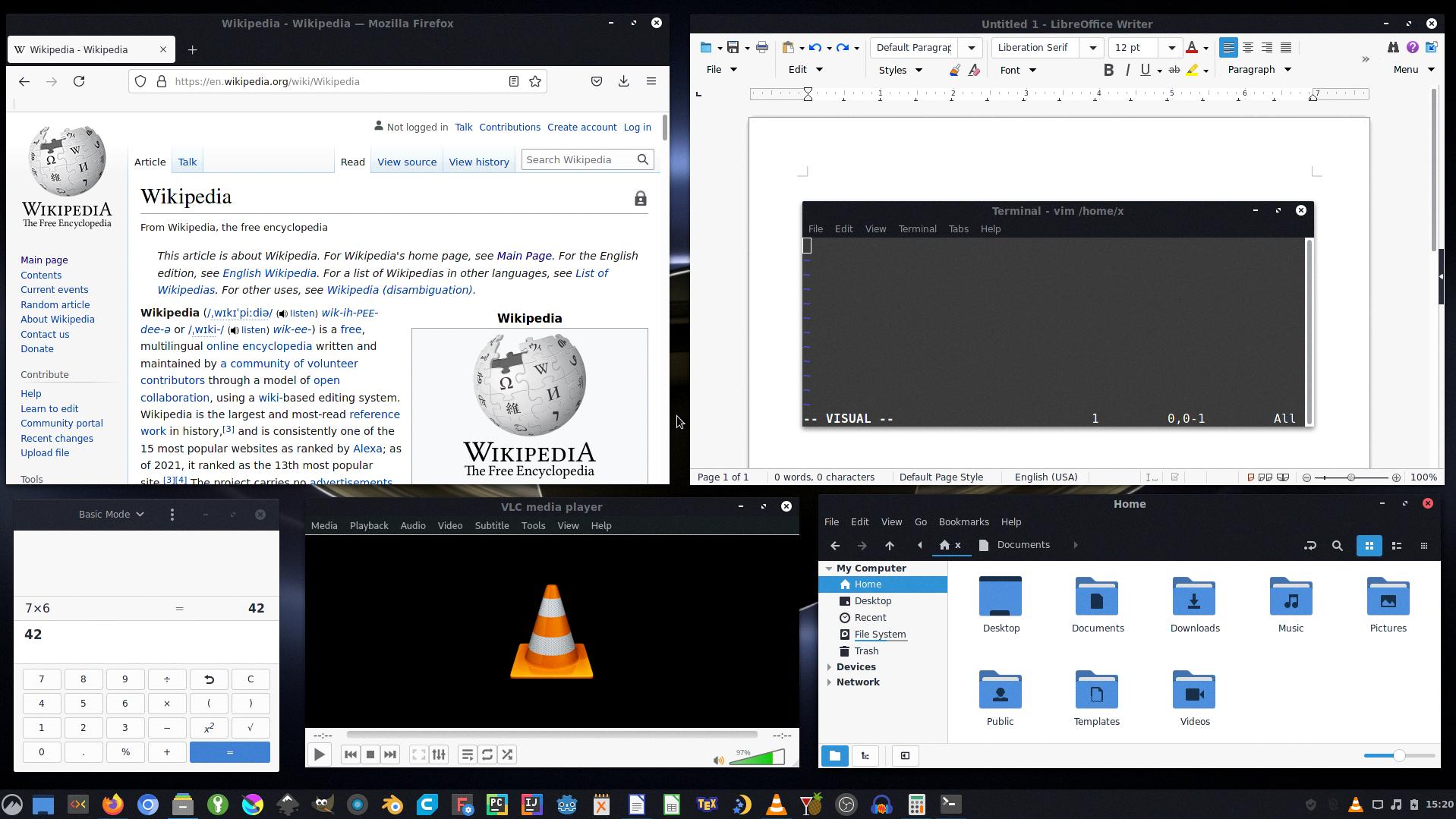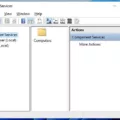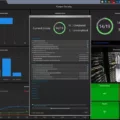Windows 10 is not an example of application software, but rather an operating system (OS) developed by Microsoft. An operating system is a vital piece of software that manages a computer’s hardware and software resources, allowing other programs to run smoothly.
Windows 10, released in 2015, is the latest version of Microsoft’s Windows operating system. It was designed to be a user-friendly and versatile OS that caters to a wide range of devices, including desktops, laptops, tablets, and even smartphones.
One of the key features of Windows 10 is its user interface, which combines elements from Windows 7 and Windows 8. It offers a familiar and intuitive experience for users, with a taskbar, start menu, and desktop that are easy to navigate. The start menu in Windows 10 has been enhanced to include live tiles, providing quick access to frequently used apps and information.
In addition to its user-friendly interface, Windows 10 also introduced several new features and improvements. The operating system includes a personal digital assistant called Cortana, which can assist users with tasks, search the web, and provide helpful recommendations. Windows 10 also introduced the Microsoft Edge web browser, which replaced Internet Explorer and offers improved performance and security.
Windows 10 has a wide range of compatibility, supporting a vast array of software and hardware devices. It also includes built-in security features, such as Windows Defender, which helps protect against viruses, malware, and other threats. The operating system also provides regular updates and patches to ensure the security and stability of the system.
Windows 10 is a powerful and versatile operating system that offers a user-friendly interface, a range of features and improvements, and strong compatibility and security. It has become one of the most widely used operating systems globally, providing a reliable and efficient platform for both personal and professional use.
Is Windows 10 A Software Or Not?
Windows 10 is a software. More specifically, it is an operating system (OS) developed by Microsoft. An operating system is a type of software that manages computer hardware and software resources and provides common services for computer programs. It acts as an intermediary between the user and the computer hardware, enabling the user to interact with the computer and run other software applications. Windows 10, as an operating system, controls the basic functions of a computer, such as managing files, running programs, and connecting to networks. It provides a graphical user interface (GUI) that allows users to navigate and interact with their computer easily. Windows 10 is an essential software component that enables the functioning of a computer system.

What Are The 10 Example Of System Software?
System software refers to computer programs that provide a platform for running other applications and managing hardware resources. Here are 10 examples of system software:
1. Windows OS: Windows Operating System is one of the most widely used operating systems. It provides a user-friendly interface and supports a vast range of software and hardware.
2. Mac OS: Mac OS is the operating system used in Apple Macintosh computers. It is known for its sleek design and seamless integration with other Apple devices.
3. Chrome OS: Developed by Google, Chrome OS is a lightweight operating system that powers Chromebooks. It focuses on web-based applications and cloud computing.
4. Ubuntu: Ubuntu is a popular Linux distribution known for its ease of use and community support. It offers a free and open-source alternative to Windows and Mac OS.
5. Android OS: Android is an open-source operating system designed for mobile devices. It powers a majority of smartphones and tablets, providing a customizable and versatile platform.
6. iOS: Developed by Apple, iOS is the operating system used in iPhones, iPads, and iPods. It offers a seamless and secure ecosystem for Apple’s mobile devices.
7. Blackberry OS: Blackberry OS is a proprietary operating system developed by Blackberry Limited. It was primarily used in Blackberry smartphones, known for their strong security features.
8. PlayStation System Software: PlayStation System Software is the operating system used in Sony’s PlayStation consoles. It enables gaming and provides various multimedia capabilities.
9. Linux: Linux is a free and open-source operating system that powers a wide range of devices, from servers to embedded systems. It offers high stability, security, and flexibility.
10. Unix: Unix is a powerful and versatile operating system commonly used in servers and workstations. It serves as the foundation for many other operating systems, including Linux and Mac OS.
These examples showcase the diversity and versatility of system software, catering to different devices and user preferences.
Is An Operating System Like Windows 10 Is An Application?
An operating system, such as Windows 10, is not considered an application. It is a fundamental software component that acts as an intermediary between the computer hardware and the user applications. Unlike applications, which are specific programs designed to perform certain tasks for the user, the operating system manages and controls the overall operation of the computer system.
Here are some points to further clarify the distinction between an operating system and an application:
1. Purpose: The primary purpose of an operating system is to provide a platform for other software to run on the computer. It handles tasks such as memory management, device drivers, file management, and process scheduling. On the other hand, applications are programs that are designed to perform specific tasks for the user, such as word processing, web browsing, or image editing.
2. Control: The operating system has control over the computer’s resources, including the processor, memory, storage, and input/output devices. It ensures that these resources are allocated and utilized efficiently among different applications. Applications, on the other hand, rely on the operating system to provide access to these resources and to manage their interactions with the hardware.
3. Interaction: Users directly interact with applications to perform specific tasks or access certain functionalities. Applications provide a user-friendly interface to interact with the computer system. The operating system, however, stays in the background and manages the overall operation of the system. It provides services and functionalities to applications through defined interfaces, but it is not directly interacted with by the user.
4. Dependency: Applications rely on the operating system for their execution. They make requests for various services and resources through the operating system’s application program interface (API). The operating system provides a set of functions and services that applications can use to perform tasks efficiently. Without the operating system, applications wouldn’t be able to run or interact with the hardware effectively.
An operating system like Windows 10 is not an application but a crucial software component that manages and controls the computer system’s resources. It provides a platform and services for applications to run on, ensuring efficient utilization of hardware resources and providing a user-friendly interface for interaction.
Conclusion
Windows 10 is a powerful and widely used operating system that offers a range of features and benefits for both personal and professional use. It provides a user-friendly interface, robust security measures, and a wide variety of applications and software compatibility. With regular updates and improvements, Windows 10 continues to evolve and adapt to the changing needs of users. Whether you’re a casual user or a business professional, Windows 10 offers a reliable and efficient platform for all your computing needs.





